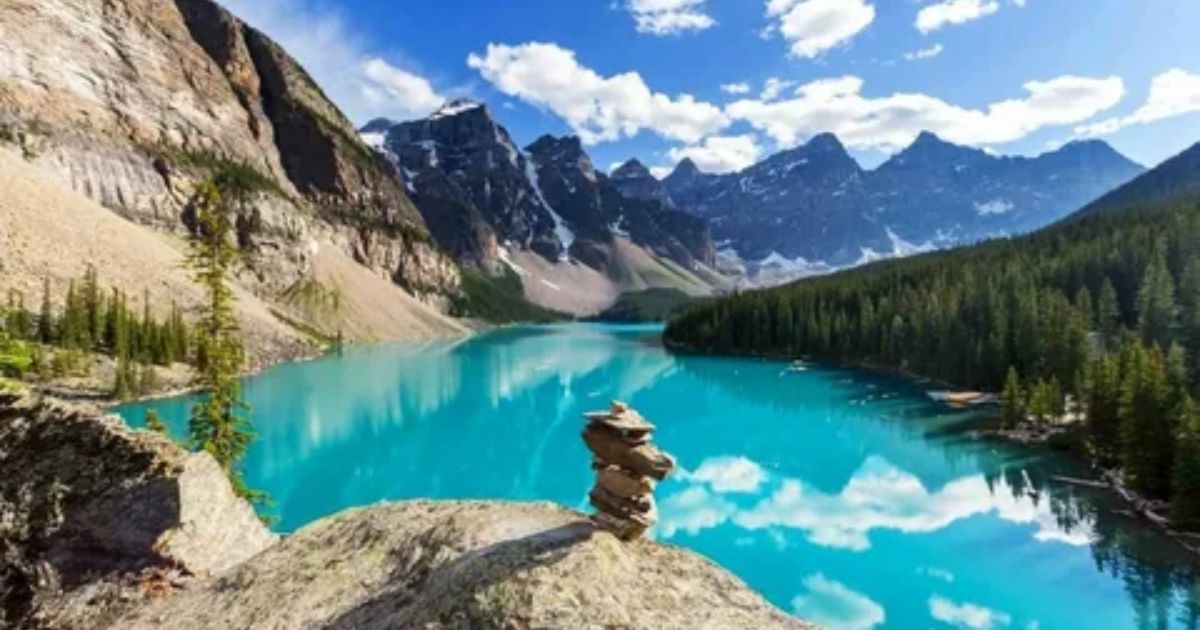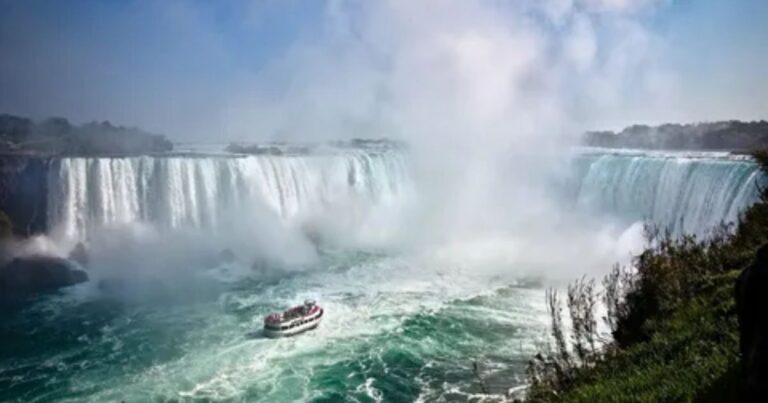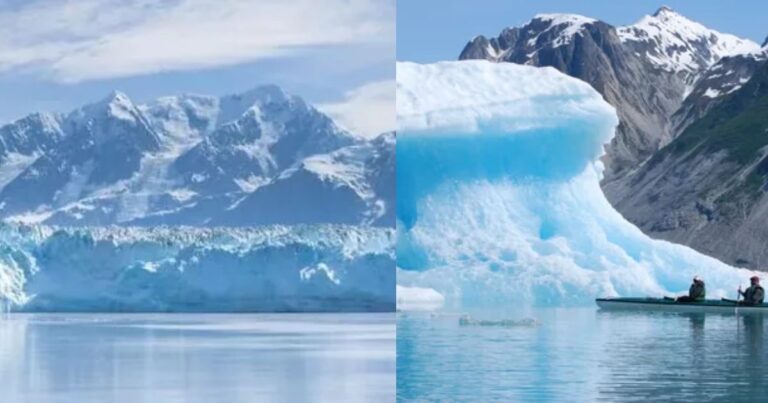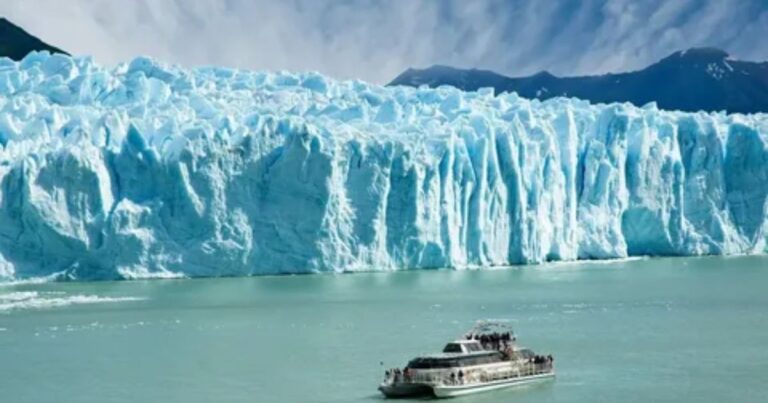Banff National Park: A Complete Guide to Canada’s Stunning Wilderness
Banff National Park, Canada’s first and most famous national park, is a haven for nature lovers and adventure seekers. Located in the heart of the Canadian Rockies, this UNESCO World Heritage Site boasts breathtaking landscapes, diverse wildlife, and a host of activities for every kind of traveler. From majestic peaks to serene lakes, Banff National Park offers an unforgettable experience.
In this guide, we’ll dive into everything you need to know about Banff National Park canada, including where it is, its incredible wildlife, top accommodations, weather tips, and more.
Where Is Banff National Park Canada?
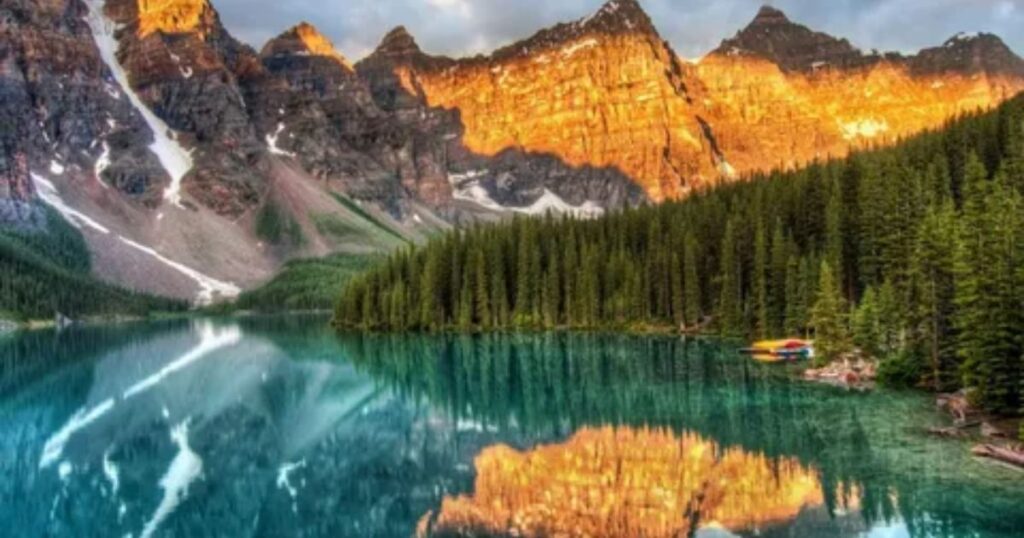
Banff National Park is located in the province of Alberta, Canada, approximately 128 kilometers (80 miles) west of Calgary. Nestled within the Rocky Mountains, the park spans an area of 6,641 square kilometers (2,564 square miles) and is easily accessible via the Trans-Canada Highway.
Visitors can enter the park through the charming town of Banff, which serves as the gateway to this stunning wilderness. With its convenient location, Banff National Park is a popular destination for both Canadian and international travelers.
- Explore more info about: Things to Do in Niagara Falls Canada for Couples
Best of Banff National Park: Must-See Highlights
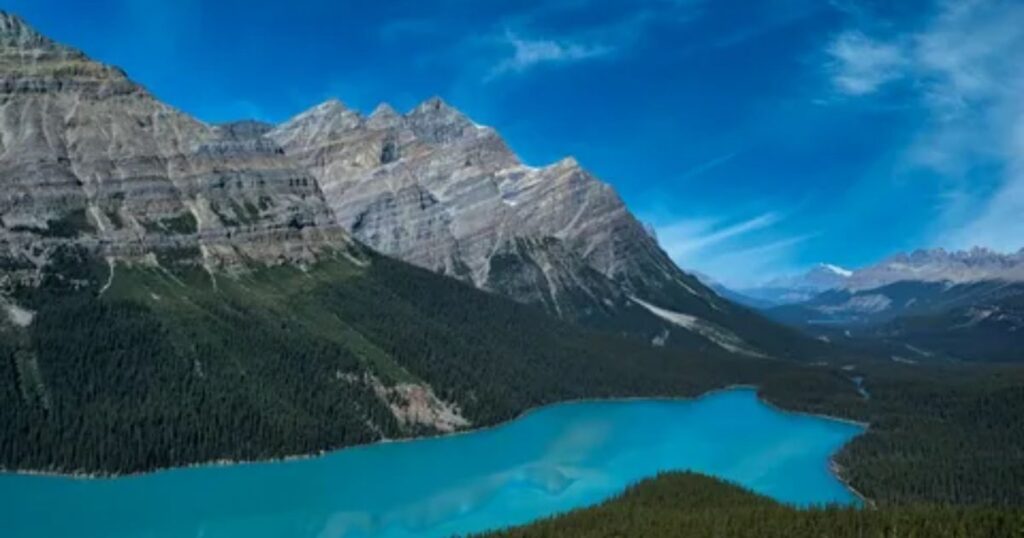
Banff National Park is home to some of the most iconic natural landmarks in the world. Here are the top attractions you shouldn’t miss:
- Lake Louise: Known as the “Jewel of the Rockies,” this turquoise lake is surrounded by snow-capped peaks and is perfect for canoeing, hiking, or photography.
- Moraine Lake: Famous for its vivid blue color, Moraine Lake offers breathtaking views and a serene atmosphere.
- Icefields Parkway: A scenic drive through the park that takes you past glaciers, waterfalls, and towering mountains.
- Sulphur Mountain: Take a gondola ride to the summit for panoramic views of the surrounding Rockies and the Bow Valley.
Wildlife in Banff National Park: Big Beasts and Beyond
One of the biggest draws of Banff National Park is its incredible wildlife. The park is home to a variety of species, including some of the big beasts in Banff National Park, such as:
- Grizzly Bears and Black Bears: Often spotted in the park’s forested areas.
- Elk and Moose: Majestic creatures frequently seen near meadows and along hiking trails.
- Wolves and Coyotes: These predators are rarer to spot but add to the park’s wild allure.
- Mountain Goats and Bighorn Sheep: Typically found scaling rocky cliffs or grazing in alpine meadows.
Always remember to maintain a safe distance from wildlife and follow park regulations to protect both yourself and the animals.
- Explore more info about: Statue of Liberty Lightning: A Majestic Sight in the Sky
Banff National Park Weather
The weather in Banff National Park varies greatly depending on the season, making it important to plan accordingly.
- Summer (June to August): Warm temperatures, averaging 20°C (68°F), make this the ideal time for hiking, kayaking, and exploring the lakes.
- Winter (December to February): Sub-zero temperatures and snow transform the park into a winter wonderland, perfect for skiing and snowboarding.
- Spring (March to May): Mild weather and blooming wildflowers create a picturesque setting for outdoor activities.
- Fall (September to November): Cooler temperatures and golden foliage make this season a favorite for photographers and hikers.
Banff National Park Hotels: Where to Stay
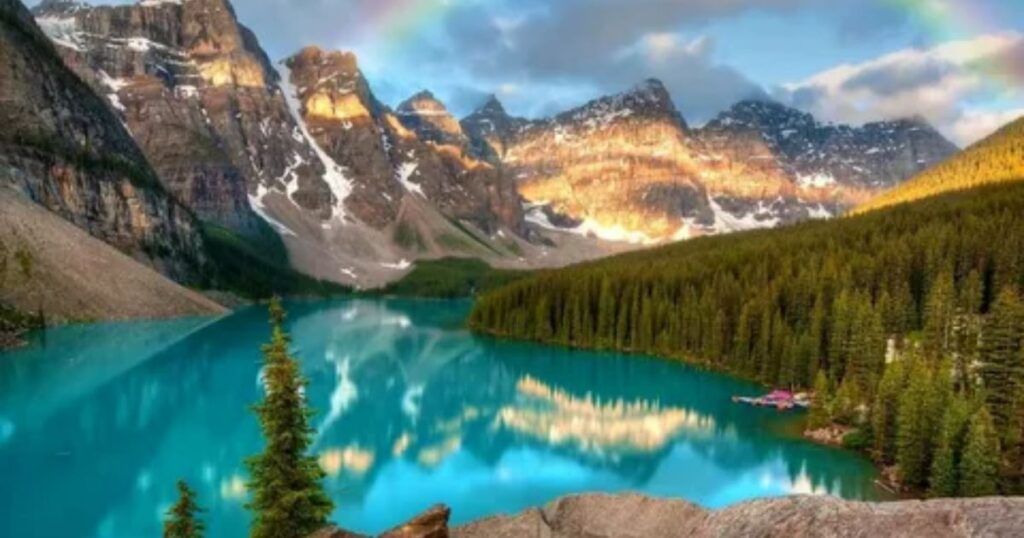
Whether you’re seeking luxury accommodations or a cozy cabin retreat, Banff National Park hotels offer something for everyone:
- Fairmont Banff Springs: Known as the “Castle in the Rockies,” this luxury resort combines historic charm with modern amenities.
- Rimrock Resort Hotel: Offers stunning views and a spa for ultimate relaxation.
- Baker Creek Mountain Resort: Perfect for couples or families seeking a rustic mountain lodge experience.
- Banff Caribou Lodge: A more budget-friendly option with great amenities and a convenient location.
Be sure to book your accommodations well in advance, especially during peak seasons, to secure your ideal stay.
Navigating Banff National Park: Maps and Tips
Having a Banff National Park map on hand is essential for exploring the area efficiently. Maps are available at visitor centers and online, providing detailed information about hiking trails, scenic drives, campgrounds, and wildlife spotting areas.
Popular hiking trails include:
- Johnston Canyon: A moderate trail with waterfalls and picturesque canyon views.
- Plain of Six Glaciers: A challenging hike offering spectacular glacier vistas.
- Tunnel Mountain: A shorter hike with rewarding views of the Banff townsite.
Using a map ensures you can make the most of your time while staying safe in this vast wilderness.
Banff National Park Weather: What to Expect
The Banff National Park weather varies greatly depending on the season, so it’s important to plan accordingly:
- Summer (June-August): Warm days and cool nights, ideal for hiking and outdoor activities. Temperatures range from 15°C to 25°C (59°F to 77°F).
- Fall (September-November): Cooler temperatures and vibrant foliage make this a picturesque time to visit.
- Winter (December-February): A snowy wonderland perfect for skiing, with temperatures often dropping below -15°C (5°F).
- Spring (March-May): Melting snow and blooming wildflowers make for a quieter yet beautiful visit.
Always check the weather forecast before heading out, and pack layers to accommodate sudden changes in temperature.
Why Banff National Park Is a Must-Visit Destination
The blend of natural beauty, wildlife, and outdoor adventure makes Banff National Park one of the most remarkable places on Earth. Whether you’re exploring its turquoise lakes, spotting wildlife, or enjoying the comfort of a mountain lodge, every moment in Banff feels like stepping into a postcard.
Conclusion: Why Banff National Park Should Be Your Next Adventure
Banff National Park Canada is a destination like no other. Whether you’re drawn to its stunning landscapes, diverse wildlife, or endless outdoor activities, the park offers something for everyone. From spotting big beasts in Banff National Park to relaxing at a world-class hotel, every moment here is an opportunity to connect with nature and create unforgettable memories.
No matter when you visit or what your interests are, Banff National Park is a place that will leave you inspired, rejuvenated, and longing to return.
FAQs
What is the best time to visit Banff National Park?
The best time to visit is during the summer (June to August) for outdoor activities or winter (December to February) for skiing and snowboarding.
How can I get to Banff National Park?
The park is accessible by car via the Trans-Canada Highway, with Calgary International Airport being the closest major airport.
Are there any big beasts in Banff National Park?
Yes, the park is home to grizzly bears, elk, moose, and other large animals, making it a fantastic destination for wildlife enthusiasts.
- Statue of Liberty: A Guide to Exploring America’s Iconic Landmark - December 16, 2024
- Where is Lambert Glacier Located? The World’s Largest Glacier - December 16, 2024
- Banff National Park: A Complete Guide to Canada’s Stunning Wilderness - December 15, 2024

